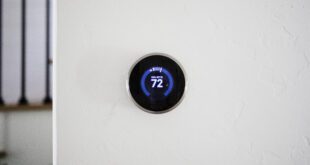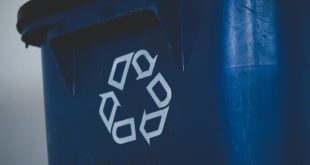 Infusing more energy efficiency into the US economy could ease pressure on coal states that feel under attack by pending federal greenhouse gas rules, says a new study.
Infusing more energy efficiency into the US economy could ease pressure on coal states that feel under attack by pending federal greenhouse gas rules, says a new study.
The American Council for an Energy-Efficient Economy outlines four energy efficiency strategies that could reduce carbon dioxide emissions 26 percent below 2012 levels in Change is in the Air: How States Can Harness Energy Efficiency to Strengthen the Economy and Reduce Pollution.
States could achieve the reductions without picking technology winners and losers, according to the report.
“Some analysts have characterized the regulation of greenhouse gases as a war on coal,” the report said. “In fact, however, relying on energy efficiency allows states to reduce pollution and still take advantage of a full range of natural resources.”
This is because energy efficiency decreases emissions in an agnostic fashion. It reduces electricity use uniformly no matter its source: wind, water and solar or coal, natural gas and nuclear.
When demand is reduced, the remaining amount of electricity consumed will usually be supplied by the lowest bidder.
Energy Efficiency: Cheap carbon reduction
“If the Environmental Protection Agency is looking for a way to cheaply cut carbon pollution and boost the economy while giving states the freedom to use their energy resources, energy efficiency is the answer,” said Steven Nadel, ACEEE executive director.
The think tank hopes the Environmental Protection Agency will incorporate the study’s ideas in its upcoming rulemaking on carbon limits for existing power plants. The EPA is expected to release the rule in June. States will be required to come up with plans to meet the new standard.
The four strategies proposed by the study are:
- Set a state energy savings target of 1.5% per year (11 states already have targets at least that high and 13 have targets that are lower)
- Put in place updated national model building codes
- Install “economically attractive” combined heat and power
- Adopt standards for five appliances, effective in 2016: double-ended quartz halogen lamps, residential lavatory faucets, commercial hot-food holding cabinets, portable electric spas, and bottle-type water dispensers
By 2030 the strategies would reduce greenhouse gases by 600 million tons, save over 925 million MWh, reduce electricity demand by 25 percent, and avoid the need for 494 power plants, according to the study.
Making New Opowers
The strategies would offer an economic play, as well. They would add no net cost to the economy, and in fact boost national gross domestic product by $17.2 billion and create 611,000 new jobs across the country in 2030, ACEEE said.
“Energy efficiency is the ultimate resource: clean, reliable, and cheap,” said Sara Hayes, the study’s lead author. “The Environmental Protection Agency has the opportunity to improve our air quality and our economy in one fell swoop.”
Incentivizing energy efficiency also encourages tech innovation, added Richard Caperton, Opower’s director of national policy and partnerships, who participated in ACEEE’s media announcement.
He used Opower as an example. The software company combines analytics, consumer marketing and behavioral science to encourage home and business energy savings. Its program has led to 4 TWh of electricity savings in the US, the amount of power used by San Francisco in a year. Opower expects to save as much as the Hoover Dam producers this year, he said.
Opower has grown from two co-founders seven years ago to more than 500 employees today. “Just like nobody could imagine Opower a decade ago, there are going to be companies in a decade from now that you and I have never thought of. That’s because strong efficiency policies lead to private sector innovation,” he said.
Change is in the Air: How States Can Harness Energy Efficiency to Strengthen the Economy and Reduce Pollution, is available for download here.
 Alternative Energy HQ solar power for homes, wind energy, and bio fuel issues
Alternative Energy HQ solar power for homes, wind energy, and bio fuel issues











